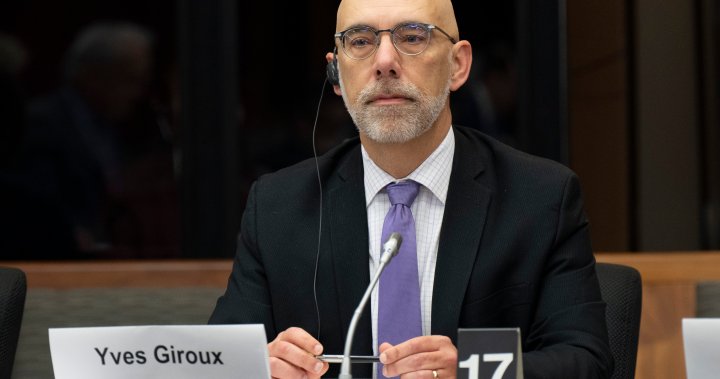The parliamentary budget officer says a single-payer universal drug plan would cost federal and provincial governments an additional $11.2 billion in the first year, and $13.4 billion in five years.
The PBO released a report on Thursday that provides an estimate for the cost of a pharmacare program between 2024-25 and 2027-28. It follows up on a previous costing the PBO published in 2017 for a pharmacare plan.
The new report calculates the incremental cost of the program, taking into account current spending by governments on public drug plans as well as revenue that would be generated from co-pays under a pharmacare plan.
The Liberals have promised to table pharmacare legislation this fall as part of the supply-and-confidence deal the government struck with the NDP.
Currently, Canadians pay for their prescription drugs through a mix of public plans, private insurance and out-of-pocket spending.
Excluding hospital drugs, the PBO says total prescription drug spending was $36.6 billion in 2021-22, a 28 per cent increase from 2015-16.
Of that amount, 46 per cent was covered by governments, 40 per cent by private insurers and 14 per cent was paid-out-of-pocket.
The report finds that a single-payer universal drug plan would lead to economy-wide savings, despite the fact it estimates that the use of prescription drugs would rise by 13.5 per cent.
That’s because the report assumes that the implementation of a single-payer universal plan would allow for better price negotiations, leading to lower drug prices.
The PBO estimates cost savings on drug expenditures of $1.4 billion in 2024-25, with that figure increasing to $2.2 billion by 2027-28.
Parliamentary budget officer Yves Giroux says the economy-wide savings are lower than what was estimated in the previous report published in 2017, namely because his office now estimates smaller savings from stronger drug price negotiations.
The report also looks at alternative coverage plans, as the federal government continues to work on what form a pharmacare program could take.
A plan that only covers catastrophic medicines, a term used to describe expensive drugs that could cause financial hardship, would cost governments an additional $400 million in the first year and $2 billion in five years.
Meanwhile, a plan that covers only essential medicines, which refers to medicines that address the priority health-care needs of a population, would cost an additional $2.4 billion in the first year and $12.1 billion in five years.
© 2023 The Canadian Press



